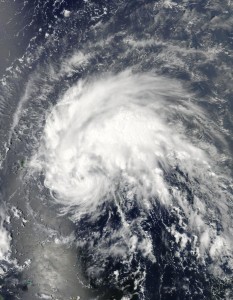 Recent events such as Hurricane Harvey have illustrated the importance of information sharing during a disaster response. Communication and coordination between first responders, health care facilities, emergency management, public health, and other responders is critical to protecting the health and well-being of disaster victims. After action reports and lessons learned from previous responses almost always point to communications and information sharing as primary areas for improvement. As the lead agency for public health and medical preparedness for the state, ADHS continually works to improve information sharing with our partners.
Recent events such as Hurricane Harvey have illustrated the importance of information sharing during a disaster response. Communication and coordination between first responders, health care facilities, emergency management, public health, and other responders is critical to protecting the health and well-being of disaster victims. After action reports and lessons learned from previous responses almost always point to communications and information sharing as primary areas for improvement. As the lead agency for public health and medical preparedness for the state, ADHS continually works to improve information sharing with our partners.
One of the main ways we can gather information on the capacity and capability of our health care system is through bed polling. ADHS uses an electronic system to query hospitals and long-term care facilities on their bed availability. This information can be used during an emergency to figure out the best locations to send disaster victims. During large disasters such as Hurricane Harvey, these systems can be used to assist with hospital and health care facility evacuations.
Not only is bed polling critical during disaster response, it is one of the key requirements of the Hospital Preparedness Program. States across the nation must be capable of collecting, analyzing, and sharing bed availability information to local, state, and federal partners. Maintaining situational awareness of our health care system’s capacity is crucial to our overall preparedness. We never know when the next disaster will strike, or when our state might be called on to assist with a major disaster.











